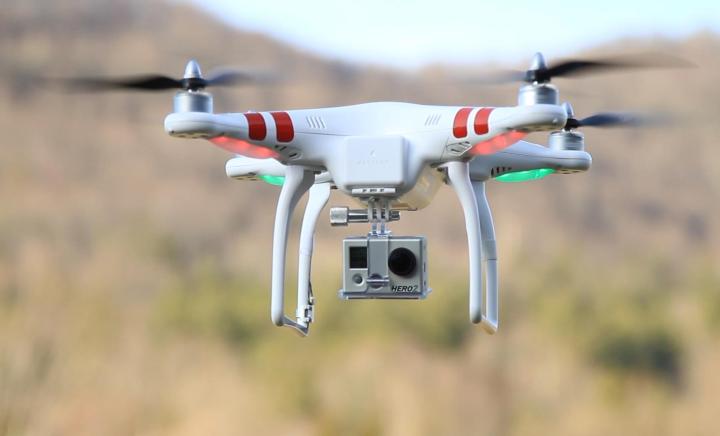
Quadcopter makers and hobbyists have for some time been using GoPro cameras for their flying machines, so it makes perfect sense for the Californian company to sell the whole kit, bringing them an entirely new revenue stream — and likely a very lucrative one — in the process.
Related: Incredible volcano footage shot by a GoPro
News that GoPro is in the middle of designing its own unmanned aerial vehicles first appeared in the Wall Street Journal on Wednesday. Famous for its line of diminutive wearable video cameras, the move into drone sales would mark GoPro’s first venture into another market as part of an effort to diversify its business.
People with knowledge of the company’s plans told the Journal GoPro was looking to launch “a multi-rotor helicopter” costing between $500 and $1,000 toward the end of 2015.
Related: GoPro Hero4 Silver review
The company has so far this year seen record sales of its cameras — 2.8 million units to date, up 15 percent over last year — but increasing competition from rival manufacturers, and a shift by major quadcopter makers such as DJI toward building and incorporating their own video cameras, appears to have persuaded GoPro to enter the drone market itself.
For sure, GoPro’s existing popularity and established brand name means that if it can nail the design of its quadcopter-camera combo, it could have a real cash cow on its hands and give China-based DJI a serious run for its money.


